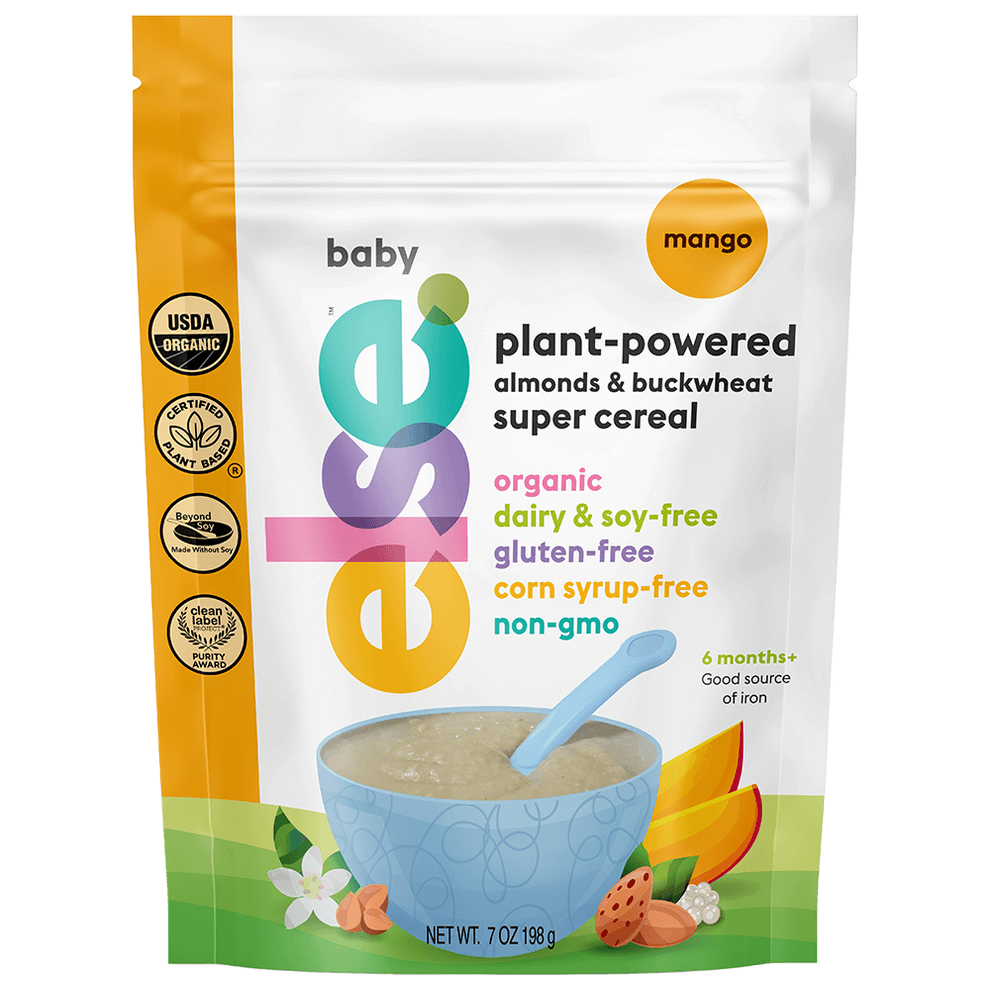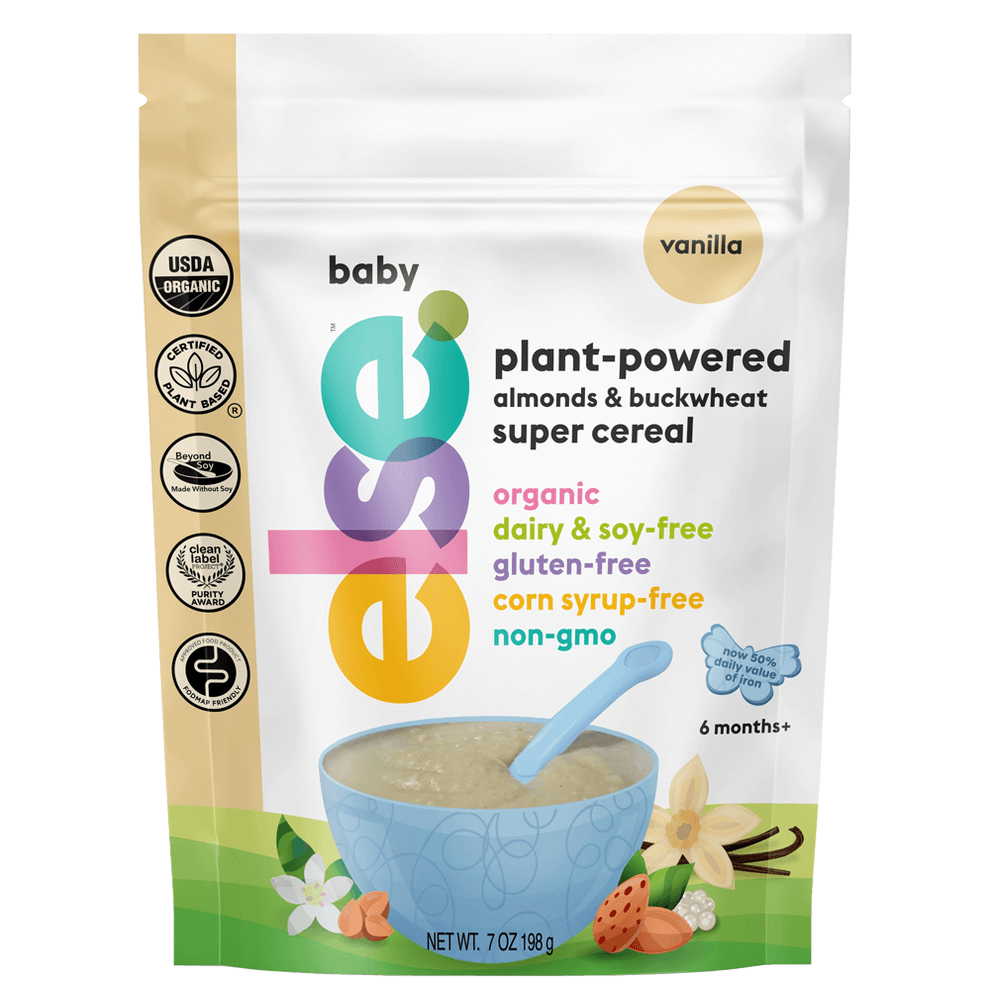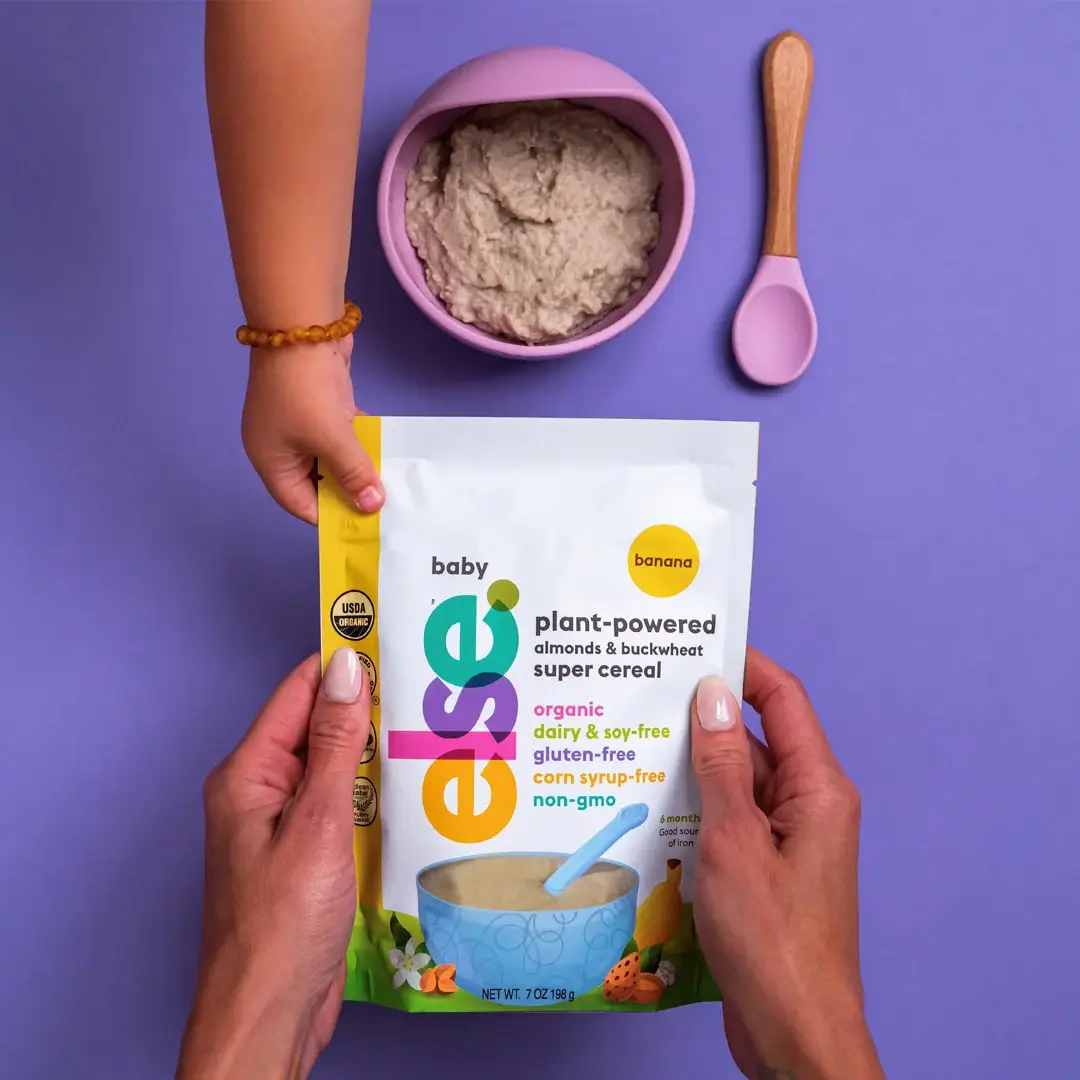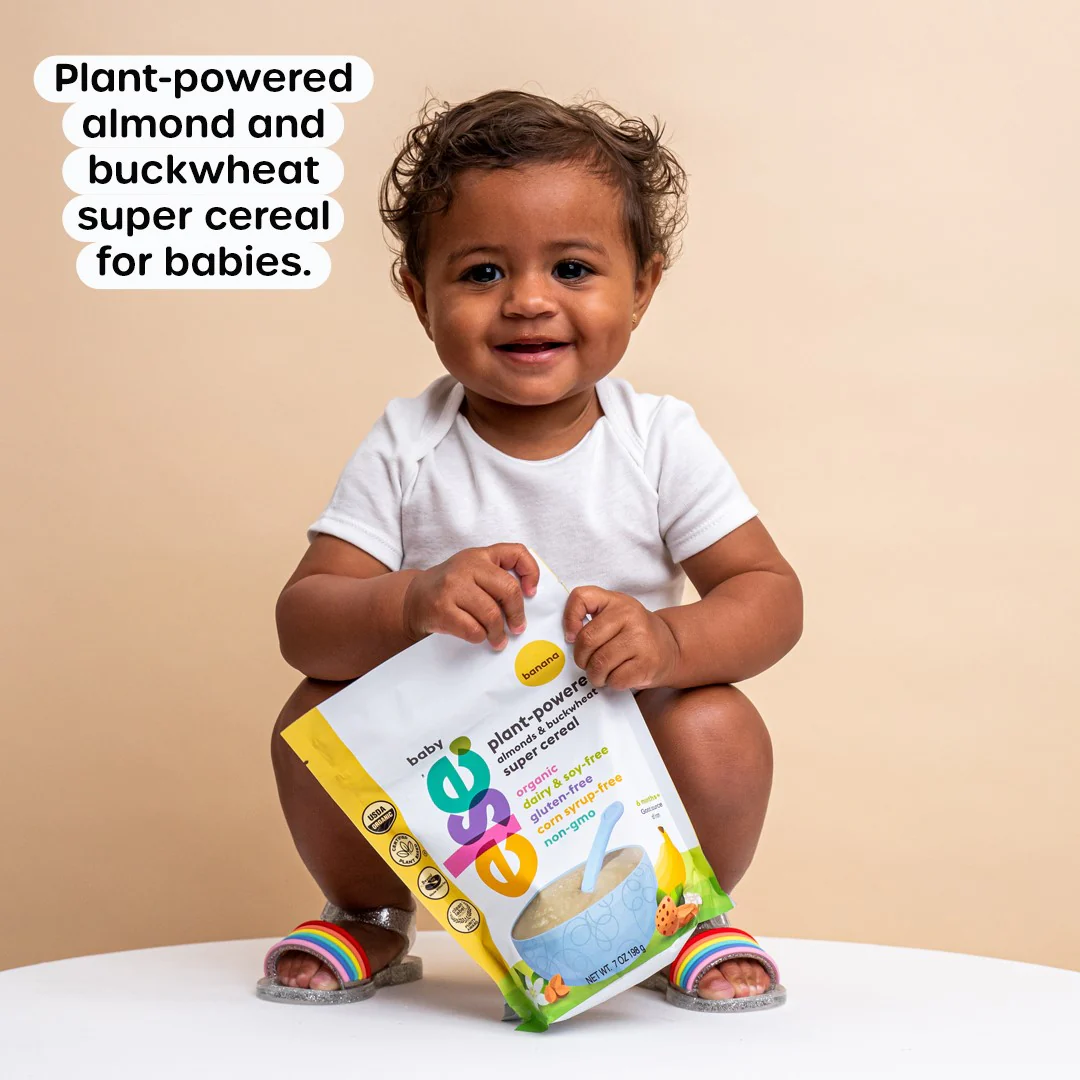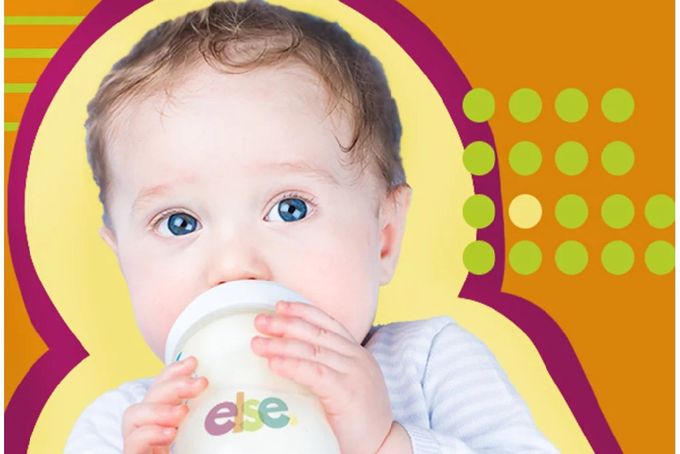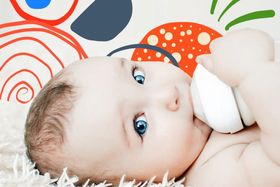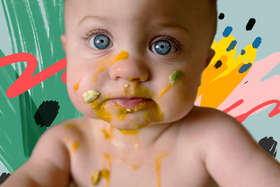What to Do When My Baby is Completely on Formula Milk: 6 Tips for Ensuring Balanced Nutrition
Updated June 6, 2024

Navigating the world of infant nutrition can be daunting, especially if my baby is completely on formula milk. Ensuring they get all the essential nutrients is a top priority for any parent. This article serves as your go-to guide for understanding formula nutrition, preparation, feeding schedules, and much more. We’ll demystify the components of formula milk, offer preparation and storage tips, and help you recognize your baby’s feeding cues without overwhelming you with technical jargon. With each section, you’ll gain actionable insights to feed your baby with confidence, knowing they’re on the right track for healthy growth.
Key Takeaways
Infant formula is a scientifically designed, regulated substitute for breast milk, intended to replicate its nutritional content and optimized for an infant’s growth and development needs.
Proper preparation and storage of formula is crucial, including practices like using clean and sterilized bottles, following precise water-to-formula ratios, and discarding any unused formula left after feeding to avoid bacterial growth.
As a baby grows, the amount of formula needed increases, with guidelines suggesting 2½ ounces of formula per pound of the baby’s weight per day, while also adjusting for individual needs and transitioning to solid foods at around 6 months.
Understanding Infant Formula
If breastfeeding is not an option, infant formula becomes a scientifically designed substitute supporting your baby’s growth and development. But what exactly goes into this vital source of nutrition? Infant formula is not simply cow’s milk repackaged for infants; rather, it’s a complex concoction, designed to mimic the nutritional profile of human milk. The journey of formula creation has evolved significantly—from basic animal milk to sophisticated blends teeming with nutrients that promote health outcomes akin to those of breastfed babies.
Each can of baby formula adheres to strict regulations for infant nutrition, thereby guaranteeing each serving contains a balanced mix of vitamins, minerals, and essential fatty acids. It’s a carefully calibrated substitute for breast milk, fine-tuned to nurture your little one, giving them the building blocks for a healthy start in life. When you feed infant formula, you can trust that your baby is getting the nutrients they need. For more information, you can refer to formula feeding faqs.
The Composition of Baby Formula
The cornerstone of baby formula is dried cow’s milk, transformed to cater to the delicate digestive systems of infants. To adjust cow’s milk for infant consumption, the protein content is diluted, striking a balance that tailors it to an infant’s nutritional needs. Moreover, the modification process extends to fats—animal fats are replaced with vegetable oils, a change necessary for infants’ health.
Beyond adjusting base ingredients, baby formula also serves as a nutritional storehouse, enhanced with additional vitamins and minerals. This fortification ensures that infants receive a full complement of the nutrients they require for optimal development. It’s the result of scientific ingenuity and a deep understanding of the dietary needs of the youngest members of our society.
Comparing Formula Types
When it comes to choosing the right formula, parents are often met with an array of options, each tailored to meet different needs. The most common type is based on cow’s milk, suitable for most infants and designed to be as close to breast milk as possible. However, for little ones who can’t tolerate cow’s milk protein, milk alternatives like soy milk and soy-based formulas provide an option, though it’s worth noting that some infants may react to soy as well.
For infants with unique dietary needs, specialty formulas— either hypoallergenic formulas or amino acid-based— are available to address allergies or health requirements not met by regular formulas. It’s a comforting thought for parents that regardless of their baby’s needs, there’s a formula out there that’s the right fit, ensuring every baby has the chance to flourish.
Proper Formula Preparation Techniques
Although baby formula contents are meticulously crafted for infant nutrition, the preparation method is of equal importance. A mix that’s too weak or too strong can have significant repercussions, from poor growth and hunger to more serious concerns like dehydration or digestive issues. This is why following the instructions on the formula tin is non-negotiable—it’s about ensuring the health and well-being of your child.
Before the formula touches your baby’s lips, it’s important to properly prepare formula with the basics: clean hands, sterilized bottles, and precise measurements. By measuring the water before adding the powder, you ensure the correct concentration—a requirement for safe, nutritious feedings. And water quality? It’s paramount. If there’s any doubt about the tap water, it’s better to err on the side of caution and consult with local health authorities.
Water Quality and Formula Mixing
The water that mingles with the formula powder to nourish your baby must be beyond reproach. For most infants over two months, tap water is perfectly acceptable, but it’s crucial to ensure it’s safe. As you mix, be mindful of the manufacturer’s instructions—the precision of the water-to-formula ratio is not just about taste; it’s about providing the right balance of nutrients for your baby’s growth.
Handling and Storing Prepared Formula
Once the formula is prepared, it’s a race against the clock. A bottle of formula should be consumed within two hours, or within one hour if the feeding has started. If not, the refrigerator becomes its temporary home, safely stored for no more than 24 hours.
And after your baby has had their fill, any leftovers? They must be discarded, as the mix of formula and saliva can become a breeding ground for bacteria.
Feeding Your Baby: How Much and How Often?
As a parent, you may constantly wonder, “How much should my baby eat?” This answer changes as your baby develops. In the first week, expect to feed your newborn 1 to 2 ounces of formula every 2 to 3 hours. As weeks turn into a month, the routine becomes more predictable with about 4 ounces every 4 hours, totaling eight to 12 feedings a day.
By six months, your baby’s appetite will have grown, and so will the portion sizes—6 to 8 ounces per feeding, four to five times a day. But take care not to exceed roughly 32 ounces in 24 hours to prevent overfeeding. Remember, feeding on demand is ideal in the early days, with the rhythm becoming more set as your baby matures.
Recognizing Hunger and Fullness Cues
Discerning when to feed your baby and when to stop requires skill. Signs of hunger are often unmistakable—an alert baby, mouth opening, or hands sucking are clear invitations to feed.
Equally important is to heed the subtle cues of fullness; turning away or a closed mouth may signal enough has been had.
Adjusting Formula Quantity as Baby Grows
As your baby grows, their nutritional needs increase correspondingly. A common question is how much formula should be given to meet these needs. A rule of thumb is about 2½ ounces of formula for every pound they weigh, daily. But this is not set in stone; each baby is unique, with an appetite to match. Keep a close eye, and adjust as needed.
Transitioning from Bottle to Cup
Transitioning away from the bottle signifies a significant step in your baby’s development. The American Academy of Pediatrics recommends making the switch to a sippy or straw-top cup by 18 months to promote dental health and prevent obesity. It’s a delicate dance of knowing when to offer the bottle and when to encourage cup use, a balance that sets the stage for healthy habits that last a lifetime.
Introducing Sippy Cups and Other Alternatives
When easing the bottle out of your baby’s routine, consider the array of alternatives. Sippy cups, with their soft, flexible spouts, or straw cups offer a gentle transition, and for the more adventurous, there’s always the open cup—ideal for developing oral motor skills from as early as 12 months. If you find resistance, remember persistence is key.
Remove the valve from a sippy cup to make sipping easier, and gradually, with each meal, replace the familiar bottle with these new vessels of independence.
Supplementing Nutrition While Formula Feeding
While formula offers comprehensive nutrition, your baby’s dietary needs broaden with growth. A key additional nutrient is vitamin D, especially if formula intake is low or sunlight exposure is insufficient. The recommended supplement dosage is 400 IU for infants under one year, increasing to 600 IU beyond that.
Iron is another vital supplement, particularly if the formula is low in protein or not iron-enriched, to ward off deficiencies.
Balancing Diet with Solid Foods
Around the time your baby reaches 6 months, solid foods begin their debut. Introduce them to a symphony of flavors with iron-fortified cereals, pureed meats, fruits, and vegetables—slowly building up to grains, beans, and yogurt. Remember, the first encounters with food set the tone for future eating habits, so make each spoonful count.
Addressing Common Concerns with Formula Feeding
Many parents find selecting the appropriate formula a cause for concern. The considerations are many—from the cost, which can be significant, to the types of formula and how they match your baby’s needs. Rest assured, most formulas are interchangeable if they share primary ingredients, but always consult a healthcare provider before switching specialized formulas.
And when you do introduce a new formula, do it gradually, to allow your baby’s palate and digestion to adjust.
Managing Food Allergies and Sensitivities
Food allergies and sensitivities can be particularly challenging during infancy. If your baby shows signs of discomfort like:
vomiting
diarrhea
skin rashes
nasal congestion
After formula feeding, it could be an allergy or sensitivity to cow’s milk protein—a common culprit in formula allergies. Should these symptoms arise during the transition to cow’s milk protein, consult your pediatrician for guidance and explore hypoallergenic or plant-based formula alternatives if necessary.
Selecting the Right Formula for Your Baby
Finding the perfect formula is about catering to your baby’s unique needs. For toddlers who are heavier or have a family history of health issues, consider reduced-fat milk to maintain a balanced diet. Your baby’s doctor can be an invaluable ally in this quest, offering advice tailored to your child’s growth and nutritional needs.
Maintaining Good Oral Health
Many people fail to recognize the connection between feeding and oral health. However, it’s imperative to implement good oral hygiene practices from the outset. Clean your baby’s mouth after feedings, and once teeth appear, gently brush with a soft, infant toothbrush.
This not only sets them up for a lifetime of healthy teeth but also reinforces the importance of oral care from an early age.
Preventive Measures Against Tooth Decay
To safeguard your baby’s pearly whites, preventive measures against tooth decay are non-negotiable. Never put your baby to bed with a bottle, as it increases the risk of cavities, and set a goal to transition to a cup around their first birthday.
Limit sugary treats and encourage cup drinking from six months on to lay the groundwork for a cavity-free smile.
Summary
In the tapestry of infant nutrition, formula holds a place of honor, woven with the threads of science and care. This guide has traveled the spectrum—from understanding formula’s composition to ensuring your baby’s oral health. Embrace the knowledge that every scoop of formula is a step towards your child’s well-being. As you continue on this journey, remember that feeding your baby is not just about nourishment; it’s about love, care, and the foundation for a healthy life.
Frequently Asked Questions
What should I do if I'm not sure about the water quality for mixing formula?
To ensure the safety of the water for mixing formula, it's best to consult your local health department for guidance. If you're unsure, consider using bottled water specifically prepared for infants or boil tap water and cool it before use.
How can I tell if my baby is getting enough to eat from formula alone?
To ensure your baby is getting enough formula, observe their hunger cues, monitor weight gain, and aim for about 2½ ounces of formula per pound of body weight per day. If you have any uncertainties, seek guidance from your pediatrician.
When should I start transitioning my baby from a bottle to a cup?
You should start transitioning your baby from a bottle to a cup between 12 to 18 months to prevent dental issues and reduce the risk of obesity. Introduce the cup during meal times and gradually reduce bottle feedings.
Are there any signs that could indicate a formula allergy or sensitivity in my baby?
If you notice frequent vomiting, diarrhea, itchy/watery eyes, nasal congestion, or skin rashes after formula consumption, consult your baby's doctor for an evaluation and alternative feeding options.
How can I maintain good oral health for my formula-fed baby?
To maintain good oral health for your formula-fed baby, make sure to clean their gums after each feeding, brush their teeth once they erupt, avoid bedtime bottles, and limit sweet snacks between meals to prevent tooth decay.
The content and advice provided in this article is for informational purposes only and is not a substitute for medical diagnosis, treatment, advice for specific medical conditions. Always consult a pediatrician to understand the individual needs of your child. The article expresses the views of the brand editor.





